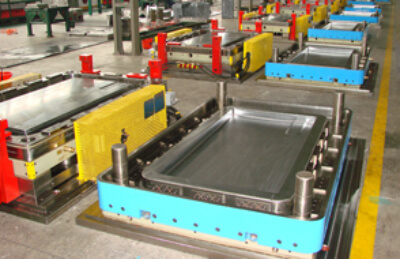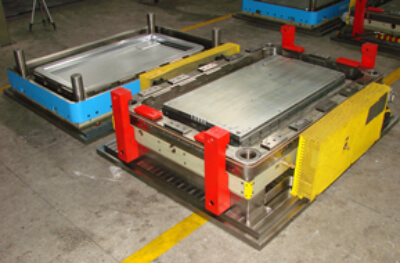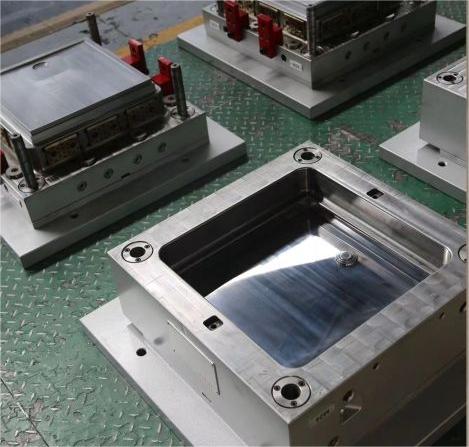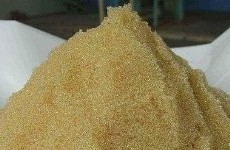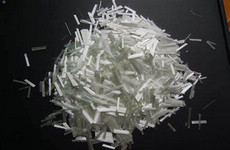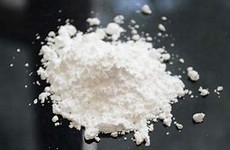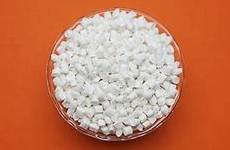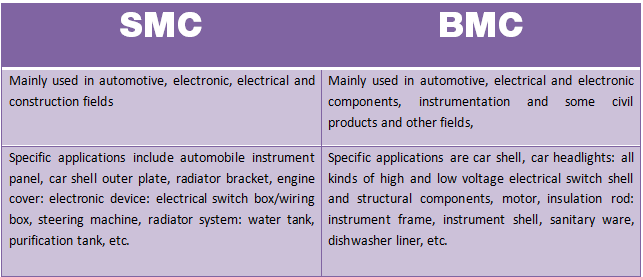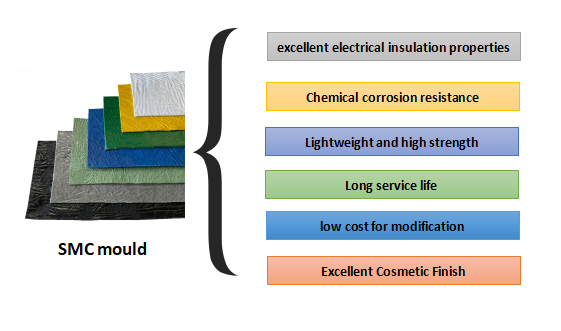MDC Mould has been a pioneer in the field of compression moulding, offering cutting-edge solutions for SMC (Sheet Molding Compound) moulds, BMC (Bulk Molding Compound) moulds, and other related applications. This article explores the expertise of MDC Mould in compression moulding techniques, highlighting the significance of SMC moulds, BMC moulds, and advancements in this professional domain.
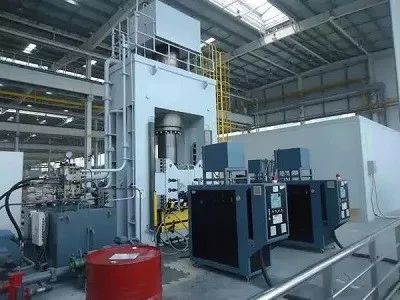
Understanding SMC Moulding and BMC Moulding:
SMC Moulding: SMC is a composite material composed of thermosetting resins, chopped glass fibers, and fillers. SMC moulding is widely used to create complex and durable parts with high strength-to-weight ratios, making it suitable for automotive, electrical, and construction industries.
BMC Moulding: BMC consists of a thermosetting resin, fillers, reinforcements, and additives. BMC moulding enables the production of intricate parts with excellent electrical insulation properties, flame resistance, and dimensional stability. It finds applications in electrical components, automotive parts, and more.
Benefits of Compression Moulding:
Compression moulding offers several advantages for SMC and BMC moulding processes, including:
High Precision: Compression moulding ensures accurate replication of intricate designs, resulting in consistent part dimensions and minimal post-processing requirements.
Material Flexibility: It allows the use of various composite materials, reinforcing fibers, and additives, providing versatility in achieving desired mechanical and electrical properties.
Cost-Effectiveness: Compression moulding offers efficient material usage, reduced scrap, and lower tooling costs compared to other moulding techniques.
Enhanced Mechanical Properties: The applied pressure during compression moulding ensures excellent fiber wet-out, leading to improved strength and structural integrity of the final parts.
Advanced Techniques in Compression Moulding:
MDC Mould utilizes advanced techniques to further enhance the quality and efficiency of compression moulding processes, such as:
Precision Tooling: MDC Mould employs state-of-the-art tooling technologies to create precise and durable SMC moulds, BMC moulds, and related tooling solutions.
Automated Production Systems: Leveraging automation and robotics, MDC Mould optimizes production processes, reduces cycle times, and ensures consistent part quality.
Simulation and Analysis: By employing simulation software and analysis tools, MDC Mould can optimize mould designs, material flow, and cooling systems to improve overall moulding efficiency.
Applications of Compression Moulded SMC and BMC Components:
Compression moulding finds widespread applications in various industries. Some common applications include:
Automotive: Bumpers, body panels, interior trims, and structural components.
Electrical and Electronics: Insulators, connectors, switches, and enclosures for electrical devices.
Construction: Composite building materials, electrical distribution boxes, and infrastructure components.
Consumer Goods: Appliance parts, bathroom fixtures, and furniture components.
MDC Mould stands at the forefront of compression moulding technology, offering exceptional expertise in SMC moulds, BMC moulds, and related applications. With their advancements in precision tooling, automation, and simulation techniques, they continue to drive innovation in the field. The versatility, precision, and cost-effectiveness of compression moulding make it a preferred choice for manufacturing high-quality components in various industries.
